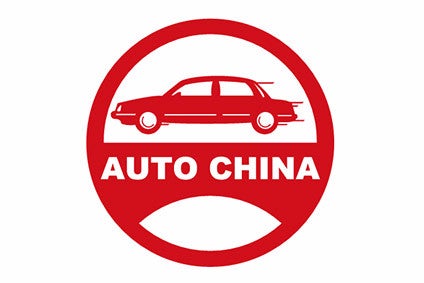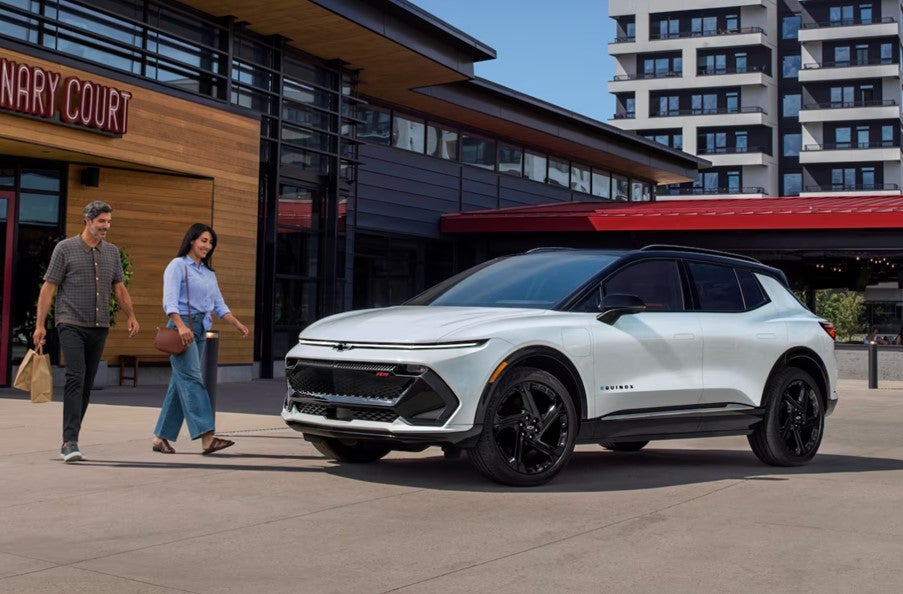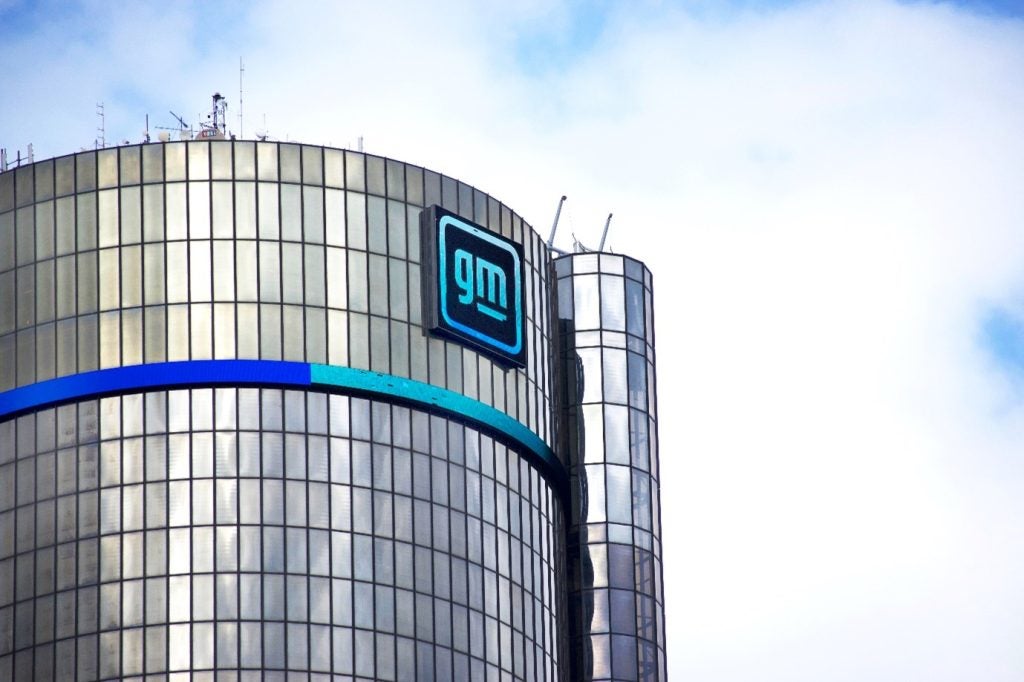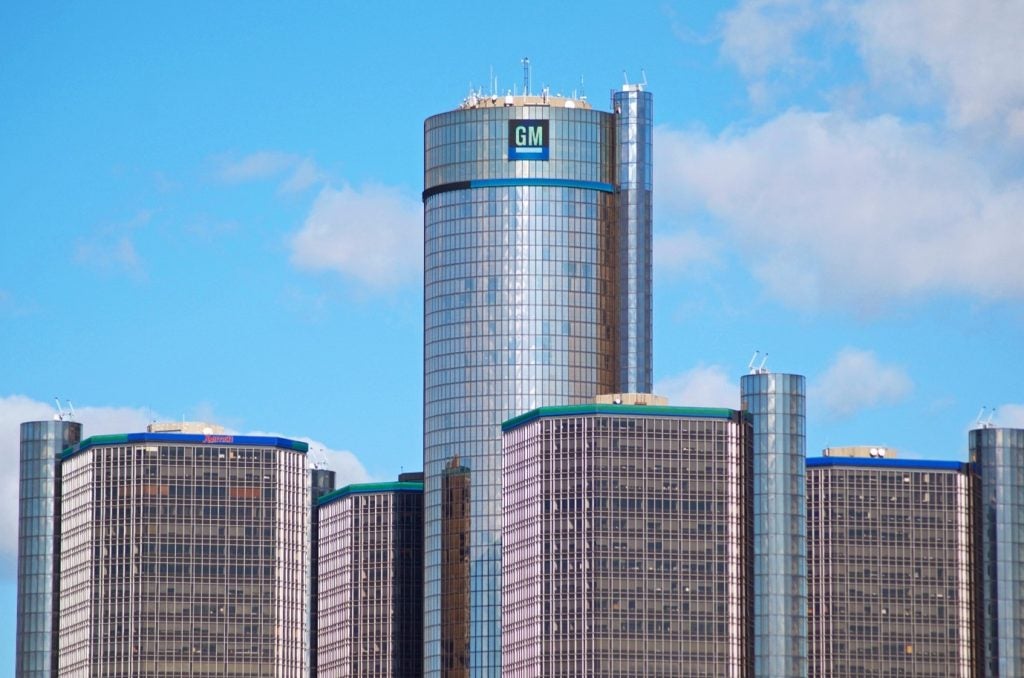A Saturn MBO could backfire badly on GM. Mark ‘Coolbear’ Bursa wonders whether a more radical approach might be needed as the General seeks to avoid Chapter 11.
General Motors has won a fair degree of praise for its recovery plan. The numbers seem to stack up, unlike at Chrysler, where the assumptions both of US market size and of Chrysler’s ability to maintain a 10% share, seem over-optimistic.
But has anybody stopped to question the logic of GM’s brand strategy? GM seems to have taken the path of least resistance – pick the lowest-hanging fruit and throw them on the compost heap.
OK, Hummer is a brand whose time has been and gone – swept into the public consciousness during the first Gulf war, and adopted as the ultimate in bling by assorted rappers, basketball players and Hollywood C-listers, this does not constitute a firm foundation for a brand. Especially when the products are single-figure mpg SUVs that are 180 degrees out of sync with the eco-friendly 21st century.
But Saab and Saturn? Saab’s story will go down as an exercise in corporate inertia. In 1989, when GM acquired the brand, Saab was cool – the brand was less ostentatious than a BMW or a Mercedes; less dull than a Volvo; more modern than a Jaguar. Its combination of aerospace-derived aerodynamics, and technological innovations such as the late ‘70s 99 and 900 Turbo models, appealed to hip professionals – architects, graphic designers and the like.
How well do you really know your competitors?
Access the most comprehensive Company Profiles on the market, powered by GlobalData. Save hours of research. Gain competitive edge.

Thank you!
Your download email will arrive shortly
Not ready to buy yet? Download a free sample
We are confident about the unique quality of our Company Profiles. However, we want you to make the most beneficial decision for your business, so we offer a free sample that you can download by submitting the below form
By GlobalDataWhen GM took over, Saab had a two-model range. After 20 years, that’s still the case. And Saab’s constituency now drives an Audi – a brand which had a similar range and profile in 1989, but is now building one million cars a year and can offer more than 30 distinct models.
Volkswagen did with Audi what GM didn’t do with Saab – leverage its volume manufacturing operations to develop a luxury brand on the margins. See also – Ford and Jaguar. Neither was able to disguise the volume origins of its luxury brand offerings. The Saab 9-3 was so obviously an Opel Vectra, in the same way that a Jaguar X-Type is a Mondeo. But is an Audi A4 a Passat? Clearly not. The economies of scale are leveraged in a more subtle way.
It probably is too late for Saab to survive within a big group – it’s a conveniently self-contained business, and the Swedish government is keen to keep its car industry alive. Perhaps we’ll see a combined Saab-Volvo. Hey, you could sell them through branches of Ikea.
Which brings us to Saturn. Launched less than 20 years ago as an exercise in retailing efficiency, Saturn has been placed on death row by GM – unless there’s an MBO, it’ll be axed by 2011. Meanwhile, a mish-mash of failing brands – Buick, GMC, Pontiac – will be maintained as a parallel network to Chevrolet,
Hello? Buick has been circling the drain for years. Beloved of ageing American retired executives in checkered golf trousers, it’s an American Rover. Its survival is based on one factor – for historical reasons, the Buick brand is popular in China. Fair enough – but does that justify maintaining the brand elsewhere? Why not stick Buick badges on Opels or Holdens, just for China? It’s not as if there’s a separate manufacturing or retail network – Chinese Buicks and Chevrolets are built by Shanghai-GM and sold via its dealers.
GM executives contend that GMC has a very different buyer base to Chevrolet. But GMC’s cars and pick-ups are simply rebadged Chevys. Would GMC buyers defect to Ford, or Dodge, or Toyota if the brand ceased to exist? Why wouldn’t they buy a Chevy? Heck, you could even get the dealers to swap the grilles and badges, or even have a GMC badge spec factory option. Do you really need a separate network to sell the same vehicles?
Rob Golding earlier wrote about the cost of maintaining brands – yet GM is proposing to keep Pontiac going for just one or two niche models. Is sentimentality getting the better of Rick Wagoner and his men? Surely this is no time for sentiment. There may be mileage in creating a new GTO or Firebird – but couldn’t that be sold via a few Cadillac dealers, as a performance brand – in much the same way that selected BMW dealers sell Alpina?
My guess is the horror of axing ‘big’ brands such as GMC and Buick, and shuttering an entire network worth of large, old-school dealerships is just too much for GM to countenance. So instead, let’s kill Saturn – it’s leaner and has fewer dealers, so it’s easier to get rid of.
Saturn has been horribly mismanaged. Based on true franchise principles, Saturn dealers don’t display the dealership name – just ‘Saturn of…’ and the name of the town. They operate with no-haggle pricing. Standards are high, and the retail experience has won consistent praise over the years.
Which is more than can be said for the cars. When Saturn launched, it pitched itself squarely at young, active professionals – windsurfing lawyers and paragliding surgeons. But instead of offering something comparable to the sort of cars these people would buy – BMW 3-Series; VW Jetta – they got the Saturn SL1, a dreary, unsophisticated sedan that looked like a downsized Oldsmobile.
It has taken the best part of 20 years for GM to realise that it had the ideal Saturns in its range already – European-spec Opel/Vauxhall models, and now GM-Daewoo designed compact SUVs like the Toyota RAV4s that Saturn’s target buyers have been driving for a decade and a half.
Finally, Saturn has a decent model range. And one developed elsewhere, with minimal R&D costs borne by the brand. It’s a marginal cost to ‘Saturnise’ an Opel Astra or turn a Vectra into a Saturn Aura. And GM had started to position it as an eco-friendly brand, with hybrids. Again, a good move, leveraging the technology already under development for Chevrolet and Opel.
Of course, Opel itself could be hived off. But isn’t Saturn effectively ‘American Opel’ in the same way that Vauxhall is ‘British Opel’? Doesn’t Saturn make Opel’s case much stronger? Should Saturn have been run out of Ruesselsheim or Zurich all along?
All this is too late, it seems, and Saturn is for the chop. Perhaps there are problems getting European models down to US cost levels – but surely Saturn has more of a future than Buick or Pontiac? Nobody’s buying anything at the moment – so couldn’t Saturn be positioned up-market during the downturn? In the good times, consumers will pay a “green premium” for eco-friendly products, and that could help build in more of a margin. Saab may be too far gone, but Saturn is worth saving.
GM also needs to bear in mind what happens to that dealer network. Here’s a worst-case scenario for Rick Wagoner. Saturn’s retailers carry out the MBO he suggests, buying the brand and the network. And then they source new Saturn models on the open market – say, from an ambitious Chinese automaker such as BYD or Brilliance. This addresses two of the big problems that the Chinese face when trying to enter the US market – brand and network.
It wouldn’t take much to work up the BYD or Brilliance models shown at Detroit last month. BYD had cutting-edge technology but inadequate build quality; Brilliance had well-made and styled, but technically basic models. Somewhere in there is a working model.
Slap a Saturn badge on the grille, and sell it to an established customer base through a JD Power-approved dealer network. Robert is your Father’s brother. And this would pose a big threat to GM’s surviving brands, especially its core Chevrolet brand, where the focus is increasingly on smaller cars. A Saturn MBO could backfire badly for GM.
Of course, GM’s hand may be forced. Despite initial resistance on Capitol Hill, there is a growing feeling that Chapter 11 is back on the menu for both GM and Chrysler. And an administrator might take a more radical look at GM’s woes and perform deeper surgery than proposed by the GM management. Taking a closer look at the brand strategy would be a good place to start.
Mark ‘Coolbear’ Bursa
US: Shutting Saturn opens dealers to Indians, Chinese
DETROIT SHOW: GM considers restructure brand axe







